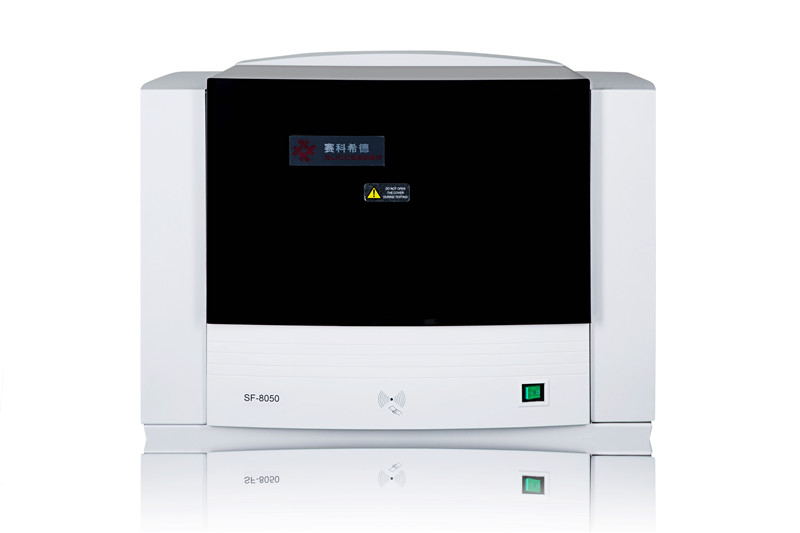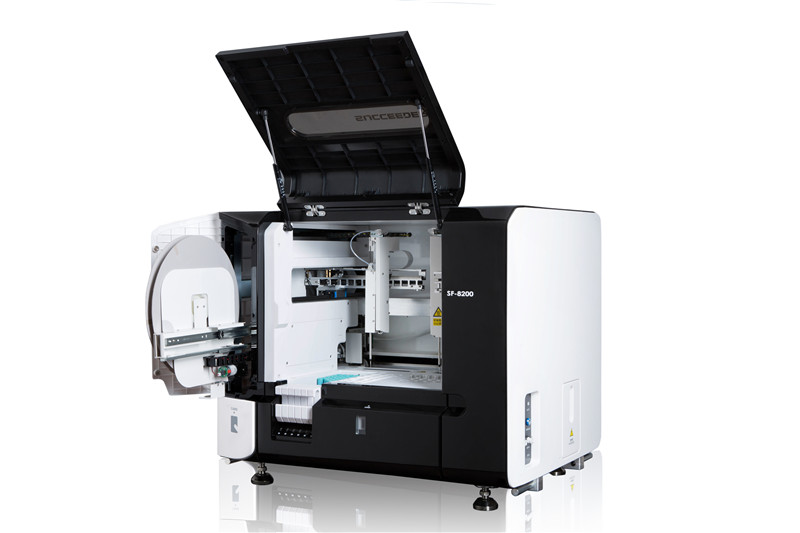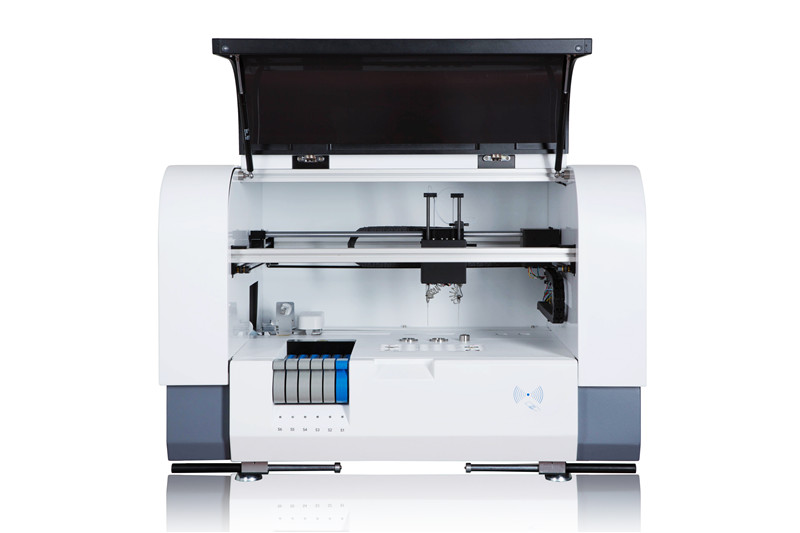TT refers to the blood clotting time after adding standardized thrombin to the plasma. In the common coagulation pathway, the generated thrombin converts fibrinogen into fibrin, which can be reflected by TT. Because fibrin (proto) degradation products (FDP) can extend TT, some people use TT as a screening test for fibrinolytic system.
Clinical significance:
(1) TT is prolonged (more than 3s more than normal control) heparin and heparinoid substances increase, such as lupus erythematosus, liver disease, kidney disease, etc. Low (no) fibrinogenemia, abnormal fibrinogenemia.
(2) FDP increased: such as DIC, primary fibrinolysis and so on.
Prolonged thrombin time (TT) is seen in the decrease of plasma fibrinogen or structural abnormalities; clinical application of heparin, or increased heparin-like anticoagulants in liver disease, kidney disease and systemic lupus erythematosus; hyperfunction of the fibrinolytic system. Shortened thrombin time is seen in the presence of calcium ions in the blood, or the blood is acidic, etc.
Thrombin time (TT) is a reflection of the anticoagulant substance in the body, so its extension indicates hyperfibrinolysis. The measurement is the formation time of fibrin after adding standardized thrombin, so in low (no) fibrinogen disease, DIC and Prolonged in the presence of heparinoid substances (such as heparin therapy, SLE and liver disease, etc.). Shortening of TT has no clinical significance.
Normal Range:
The normal value is 16~18s. Exceeding the normal control for more than 3s is abnormal.
Note:
(1) Plasma should not exceed 3h at room temperature.
(2) Disodium edetate and heparin should not be used as anticoagulants.
(3) At the end of the experiment, the test tube method is based on the initial coagulation when turbidity appears; the glass dish method is based on the ability to provoke fibrin filaments
Related diseases:
Lupus erythematosus

 Login/Register
Login/Register









 Business card
Business card Chinese WeChat
Chinese WeChat English WeChat
English WeChat